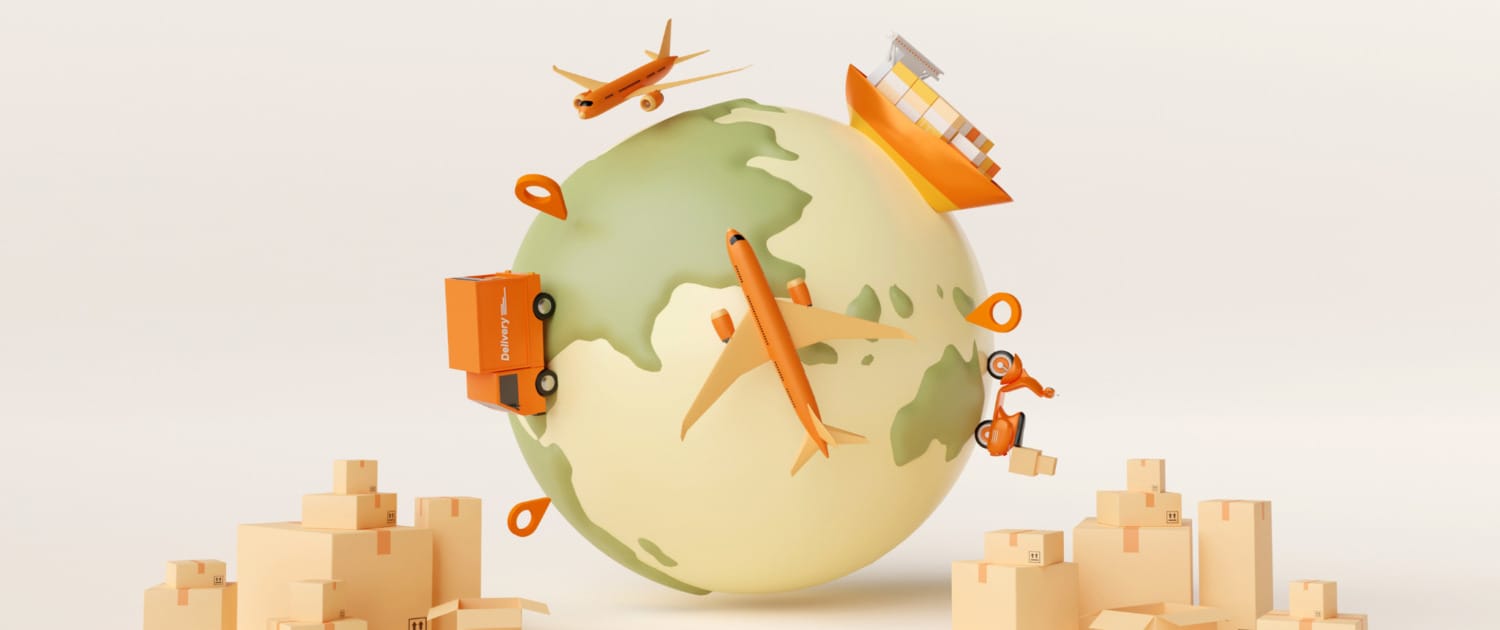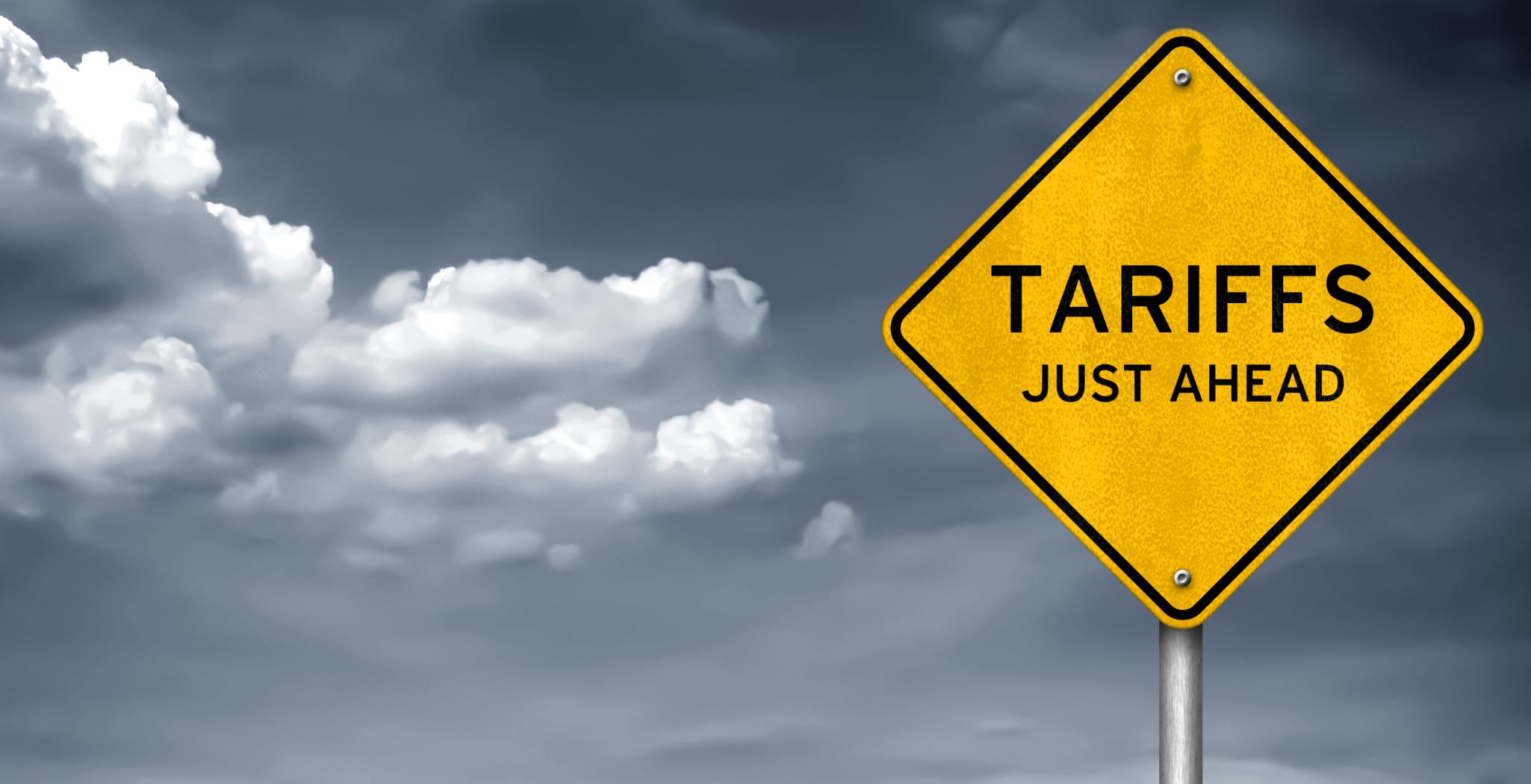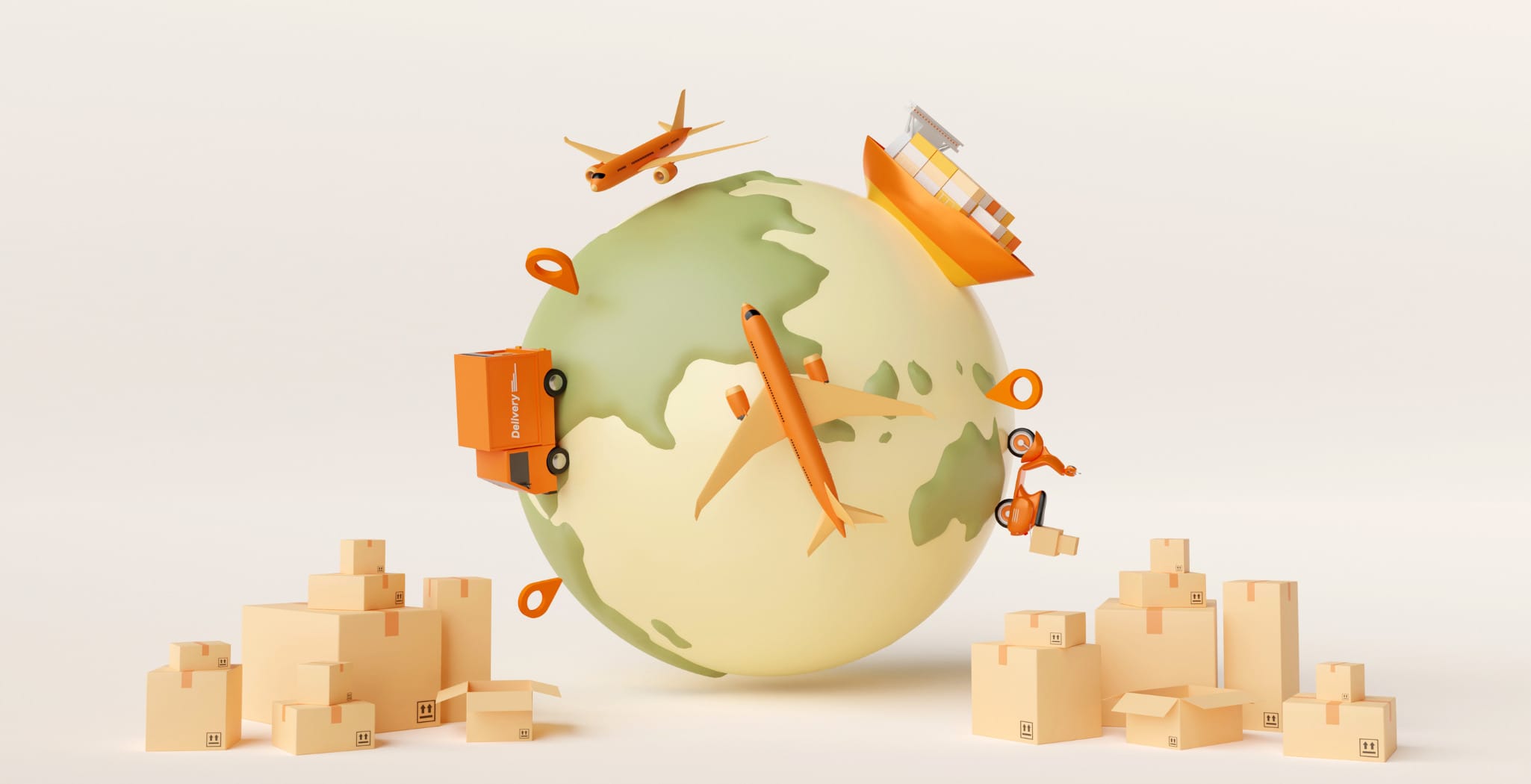For years, businesses weighing offshore manufacturing had to factor in supply chain uncertainty—whether it was material shortages, logistics disruptions, or shifting trade policies. But the global supply chain landscape is evolving, and not in the way some might expect.
The European Union’s recent €1.8 billion investment in securing battery raw materials is part of a much larger trend: governments worldwide aren’t abandoning globalization—they’re reinforcing it.
While some policies focus on reshoring, the broader reality is that no single country can fully sustain its own supply chain. Instead, the EU, Japan, India, and other key players are investing heavily in trade partnerships, supply diversification, and infrastructure improvements—efforts that strengthen the same global networks businesses rely on for offshore manufacturing.
A More Predictable Supply Chain
For companies outsourcing production, one of the biggest challenges has always been volatility—whether in the form of raw material shortages, geopolitical tensions, shifting trade policies, or unexpected supply disruptions. The unpredictability of global trade has made supply chain management increasingly complex.
But this dynamic is changing. Governments worldwide are taking proactive steps to make global supply chains more predictable, stable, and diversified. Rather than reducing reliance on offshore production, these efforts are aimed at reinforcing the infrastructure that supports global manufacturing.
The EU’s €1.8 billion investment in securing battery materials from Africa is a prime example. This initiative isn’t just about ensuring European manufacturers have steady access to critical raw materials—it’s about strengthening global supply continuity. By investing in mining, refining, and logistics in Africa, the EU is reducing bottlenecks, creating more sourcing options, and reinforcing supplier networks that extend well beyond its borders. Many of these raw materials will continue flowing into major offshore production hubs in China, Vietnam, and India, where large-scale manufacturing capabilities remain essential to global production.
Meanwhile, Japan, India, and Australia are leading the Supply Chain Resilience Initiative (SCRI), a program designed to reduce dependency on any single country for manufacturing and sourcing. This initiative doesn’t aim to replace offshore production—instead, it strengthens the infrastructure needed for offshore manufacturing to remain a stable, long-term strategy. By encouraging investment in supplier networks across Southeast Asia, SCRI is expanding production capacity, improving logistics, and creating more flexibility in global supply chains.
These investments signal a clear shift: offshore manufacturing is not becoming riskier—it’s becoming more secure. As governments commit resources to reinforcing supplier networks and trade infrastructure, companies that rely on outsourcing will benefit from greater predictability, reduced material shortages, and a more resilient global production system.
Offshore Manufacturing in a Changing Global Landscape
The global supply chain disruptions of the past few years forced companies to rethink their manufacturing strategies. But while reshoring became a focus in some industries, the reality is that most companies still need the scale, expertise, and efficiency that offshore production offers. Now, with new investments in supply chain security, offshore manufacturing stands to become more resilient, not riskier.
The takeaway for businesses isn’t to abandon global production—it’s to rethink how and where they engage with it. As more governments take an active role in strengthening supply networks, companies that stay ahead of these shifts will be best positioned to make strategic, long-term manufacturing decisions.
Globalization isn’t disappearing—it’s adapting. Manufacturing strategies will need to do the same.
Contact Us







Follow Us